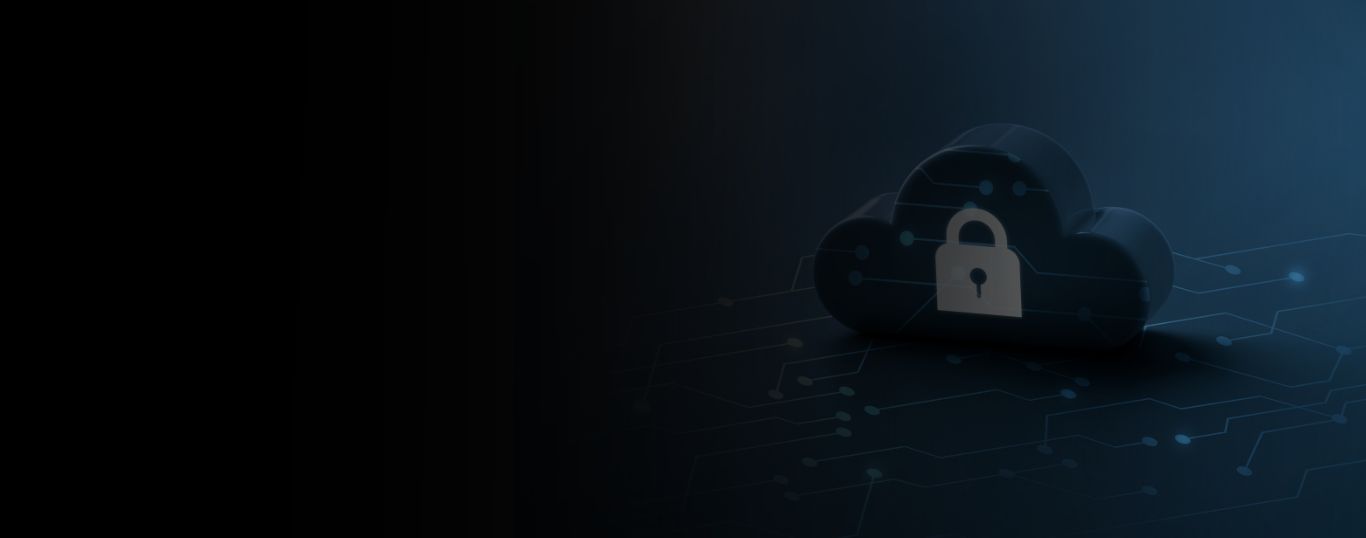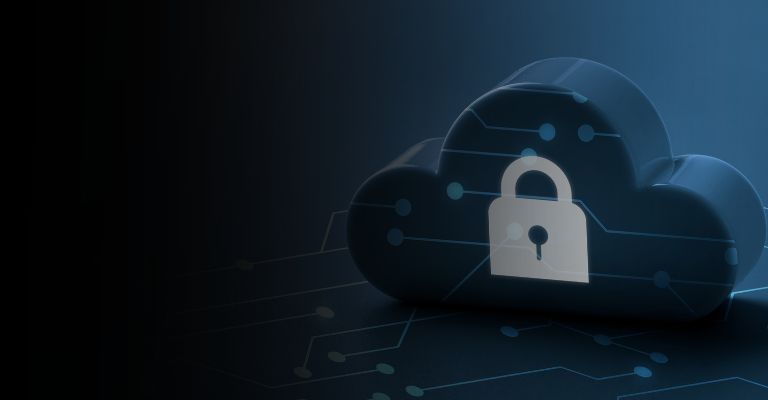What is Cloud Security?
Mitigating risks to business security from the inside and outside is the aim of cloud security as a collection of technological practices and procedures. Incorporating cloud security managed services into their infrastructure and moving forward with their digital transformation strategies require organisations to think about cloud security.
In business contexts, phrases like "digital transformation" and "cloud migration" are now interchangeable. Although the interpretations of these expressions may differ based on the organisation, they are all driven by the need for change.
What is Cloud Computing?
Cloud computing is the distribution of different services over the Internet. Servers, databases, networking, software, as well as data storage are all included in this category of tools and applications. Cloud-based storage allows files stored on a local, proprietary hard drive to be migrated to a remote database. An electronic device has access to data and the necessary software as long as it has a link to the internet. A multitude of factors, including lower expenses, more output, speed and efficiency, performance, and security, all play a part in the growing acceptance of cloud computing among consumers and enterprises.
Why is Cloud Security Important?
However, since your company works on the cloud, the cloud security companies are inextricably intertwined. Cloud security needs to be a top priority for all types of businesses, including banks that host their core applications there, manufacturers with automated facilities, and real estate developers that use cloud-based project management. It guards against denial-of-service (DDoS) attacks, malware, hackers, and unauthorised access to company data.
Companies keep confidential data about their clients, including sales records, financial records, and intellectual property, all of which have the potential to be severely compromised. It is crucial to adhere to the strictest cloud security guidelines as an outcome.
Critical Components of Cloud Security
Below are some of the essential elements of cloud security:
Data Protection
Cloud security requires data protection in order to prevent unauthorised access, disclosure, alteration, or destruction of sensitive data. The cloud infrastructure security uses encryption techniques to safeguard data while it is in transit and at place.
Identity and Access Management
IAM is primarily concerned with regulating and overseeing user access to cloud resources. Permissions, authorisation, and authentication for users must be specified and maintained by policies. This reduces the likelihood of unauthorised access by ensuring that people or systems only have access to the precise resources needed for their roles.
Network Security
In cloud computing, network security is the process of protecting user data while it travels across other networks and cloud security services. Firewalls, intrusion detection and prevention systems, and virtual private networks (VPNs) are just a few of the numerous tools used to accomplish this.
Compliance and Legal Issues
Ensuring compliance with industry and legal requirements is crucial for businesses that utilise cloud network security services. Companies must understand and abide by the rules established by their sector, even though cloud service providers frequently follow particular regulations. This entails overseeing laws concerning data residency, privacy, and sector-specific specifications.
Types of Cloud Security
Cloud security comes in various forms. Listed below are a few of them:
IAM
IAM is responsible for making sure the right person has the right amount of access rights. Two notable IAM techniques are multi-factor authentication and password management.
Governance
The application of regulations to minimise, identify, and prevent risks is known as governance; these rules may include standards for proper conduct and educational initiatives.
Legal Compliance
Legal compliance is the process of abiding by rules intended to protect user privacy (GDPR), financial data integrity (SOX), government property (ITAR), and other areas.
Types of Cloud Security Threats
There's no way to eliminate risk—only manage it. Prior to their occurrence, you can better manage common risks in your environment by being aware of them. What are the potential threats to cloud security?
Human Error
According to Gartner, human error will account for 99% of cloud security breaches until 2025. A constant risk in the development of business applications is human error. However, there is an increased risk when using a public cloud for resource hosting.
Misconfiguration
When providers add more and more services, cloud settings continue to expand. Numerous companies collaborate with different suppliers. Different providers have different default configurations, and every service has unique implementations and nuances.
Data Breaches
When personal information leaves your control without your knowledge or consent, it is considered a data breach. Since data is the most valuable asset to attackers, obtaining it is the goal of most attacks.
Benefits of Cloud Security
Following are a few advantages of cloud service provider security:
Regulatory Compliance
Reputable cloud application security companies honour their legal commitments and adhere to industry-specific regulations. This is made possible by its updated security services and infrastructure.
Data Security
Safeguarding data through design is a feature of the best computing cloud security solutions. Unauthorised parties cannot access sensitive data because they have strict access controls and data encryption in place as part of their security protocols.
24×7 Visibility
The best cloud security apps, such as AppTrana, keep a close eye on cloud resources and apps. Companies can now see their risk profile and how it affects their cloud security operations in the future.
How to Secure the Cloud
Reliable infrastructure and data security measures must be put in place in order to secure the cloud. To keep data private, regular audits, encryption, and access controls are required. Furthermore, vulnerabilities are frequently updated and patched. Using multi-factor authentication raises the security ante. The cloud security solution is further reinforced by staff training on security best practices and ongoing monitoring for suspicious activity.
How Cybalt Help
Cybalt is a fictional technology that uses decentralised encryption and advanced neural networks to revolutionise cybersecurity. It swiftly recognises changing threats and adjusts to changing cyber environments. Cybalt is essential to preserving digital ecosystems because of its distinct algorithmic approach, which ensures unmatched protection. Its proactive tactics and flexible protocols, which offer a strong defence against constantly changing cyber threats, redefine the future of cybersecurity.
Securing the Cloud: Advanced Strategies for Protecting Apps, Data, and Infrastructure from Cyber Threats
The process of putting protection in place to ensure the safety of apps, data, and infrastructure in cloud computing environments is called cloud security. There are methods in place to prevent unauthorised access, data breaches, and other cyber threats, including encryption, access controls, and monitoring. On cloud servers, confidentiality, availability, and integrity of data must all be ensured.
Other Blogs

From Nuclear Centrifuges To Machine Shops: Securing IoT
IoT or ‘the internet of things’ has been around for a lot longer than the buzzword
Read More


Demystifying XDR
As the capabilities of threat actors have increased so have the tools which we utilize to detect and respond to their activities.
Read More


Cybersecurity In A Post Pandemic World
As many cyber security practitioners will tell you, the most imminent and dangerous threat to any network are the employees accessing it.
Read More


